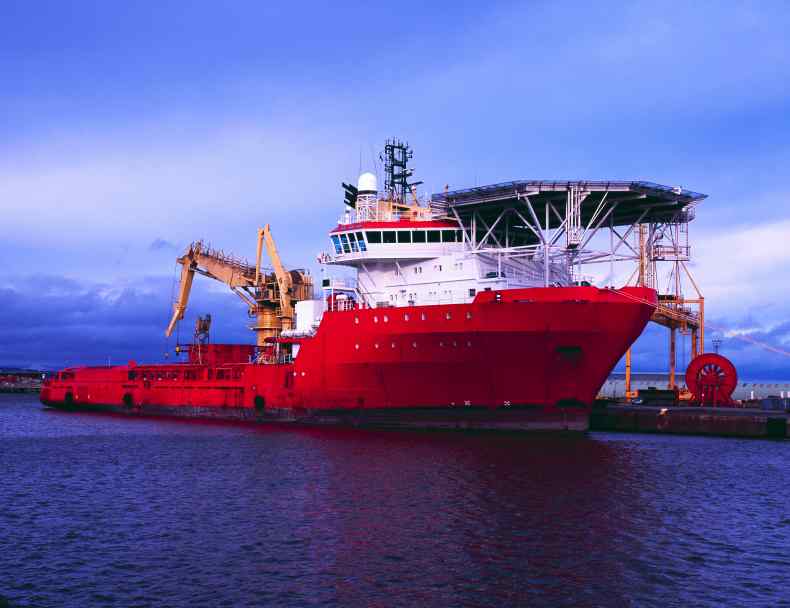Darryl Anderson’s paper Midstream Opportunities and Challenges for West Coast Ports published in the 2005 Annual Proceedings of the Canadian Transportation Research Forum utilizes the growth vector analysis technique to identify midstream opportunities that arise from Alberta’s oil-sands industry, and a potential B.C. offshore energy development in British Columbia. This paper explored the transportation, infrastructure, logistics, and supply chain challenges that arise from the specialized nature of offshore energy development sector. The paper concluded by identifying the key maritime transport policy and port planning implications of these new developments.
Offshore Energy Development Port Infrastructure Requirements
Canada’s West Coast ports generally have sufficient water depth for ships alongside the berth and navigation channels, wharves that can handle the loads traversing them, cargo-handling equipment, storage facilities, and commercial processes to handle the dry bulk, break-bulk, and container traffic that dominate the cargo mix. Truck and rail are the dominant inland transport modes used to move cargo to and from the port.
However, a liquid bulk petroleum terminal, or an offshore oil and gas port, has its own unique requirements. For example, the offshore oil and gas logistics system consists of three major components: the offshore platform, the port, and an inland transportation network. The transport option chosen to move oil or gas from the offshore (shuttle tanker or pipeline) location will result in the need for specialized port infrastructure. Offshore oil and gas ports also serve as industrial sites for large shipyards, equipment fabrication/repair, and value-added processing activities. Ports wanting to participate in the midstream sector thus need to offer advanced handling facilities, access for large liquid bulk carriers, and sufficient upland property to support industrial activity. The provision of this infrastructure type is capital intensive and requires long lead times for planning and construction. Thus, it is important for port strategists to carefully consider all the relevant options.

